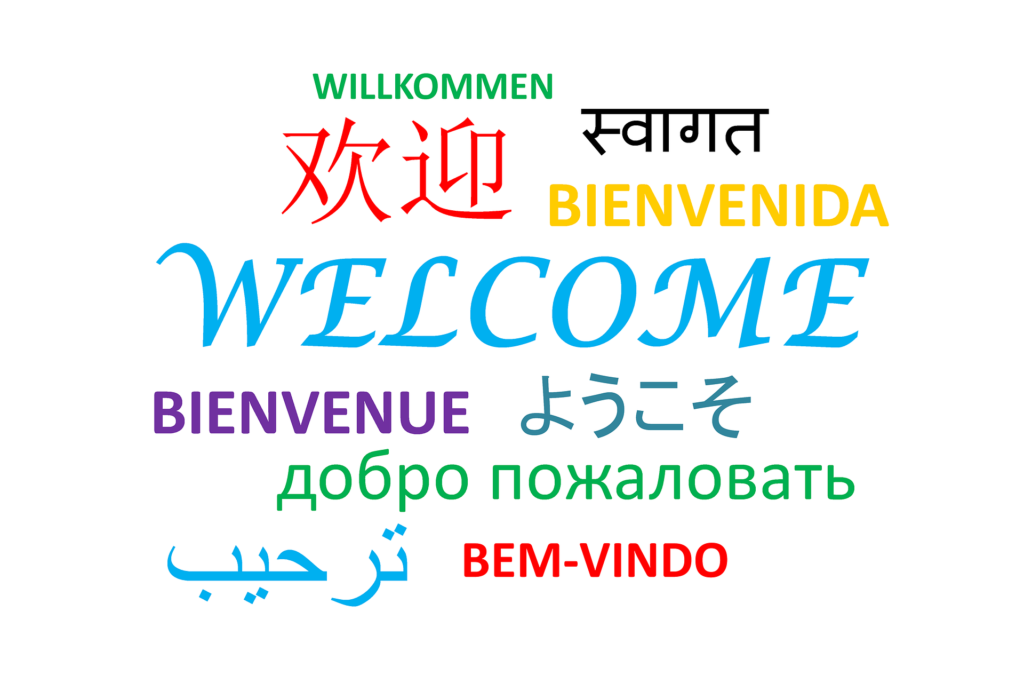The onboarding process is a critical part of acclimating the new hire to the organization. It’s something that every one of us has gone through at some point in our careers. Yet, according to Gallup analytics, only 12% of U.S. employees say that their organizations have a good onboarding process.
This missed opportunity puts your team’s productivity at stake. And negatively impacts the employee performance and retention. So how can you ensure that your organization has a good onboarding process? Let’s explore these four critical elements for a great onboarding experience that is consistent and scalable.
#1 Pre-Boarding is Transparent
Right after the new hire signs the offer letter, pre-boarding is initiated. For example, the new hire’s employee profile is created. The employee profile includes information such as the employee number, role, salary, home address, etc.
Afterwards, the IT team uses the employee profile information to arrange for the computer setup and system access. If the position is on-site, the Facility team will also need the employee profile information to set up the building access and parking access.
Unfortunately, too often these steps are done in isolation and negatively impacts the onboarding experience. For example, it is difficult for the hiring manager to ensure that the correct system access is provisioned. Which leads to an unproductive first day for the new hire.
Hence, the new hire will have a better onboarding experience when the pre-boarding process is transparent and visible to everyone involved. This includes sharing the steps with the hiring manager, the recruiter, the onboarding administrators, etc. The transparency will allow better coordination and communication.
#2 Understanding the Organization & Culture:
A typical first day for new hires starts with a company-wide orientation. The agenda typically cover the company history, mission, values, and so on. While company-wide orientation is important, it shouldn’t be the only activity that talks about the organization’s values and culture.
This is where having a buddy onboarding program or an ambassador program will help build the new hire’s understanding of the organization and its culture.
It’s important that the new hire feels excited and supported. As a result, having a co-worker who can help share that enthusiasm and navigate the new environment is crucial in onboarding a new hire.
| Buddy vs Ambassador Programs: A buddy program focuses on ramping up the new hire to perform the job and is best managed at the departmental or team level. A typical buddy program has one buddy to one new hire. Whereas an ambassador program focuses on getting the new hire excited about the company and the culture and less so on the new hire’s role. As a result, it’s a program that can be managed company-wide. In addition, one ambassador can be matched with multiple new hires. |
In addition, this is a great time to share with the new hire any company-wide programs such as recognition, career development programs, etc.
#3 Understanding the Department:
New hire orientation shouldn’t start and stop at the company-wide level. And oftentimes, the company-wide orientation lacks the depths of information – completely common and understandable – that can enrich the onboarding experience.
A departmental orientation will add more depths to the onboarding experience. The new hire will have a chance to understand more holistically how their team fits into the department. They will also know how their work will impact the other teams within the department. This is a great first step to tearing down the silos.
| Frequency for Departmental Orientation: If your department doesn’t have the bandwidth or the attendance to justify frequent departmental orientation, consider hosting it once a month or less often if necessary. It’s still important for new hires or even newish hires to understand how the department is structured. |
Furthermore, departmental orientation provides an opportunity for new hires to meet with other people from different teams within the departments. This will be a great time to encourage them to set up meets and greets with each other.
Interactions at the departmental level will help the new hires feel supported and included.
Lastly, this is a good time to share with the new hires any departmental specific recognition programs. Especially if you can share past recognized employees and why they were recognized. It’s important to reinforce positive behaviors.
#4 Understanding the Team & Role:
So the new hire has a pretty good grasp on the organization, the department – now the focus shifts to understanding the team and the role. This is where the hiring manager is critical.
One of the best ways to help the new hire learn about the role and acclimate to the team is to have regular one-on-one with the new hire. It’s wonderful if the new hire is part of an onboarding buddy program but keep in mind that the manager still plays a critical role.
For instance, the one-on-one meeting between the new hire and the manager should cover topics such as:
- Team goals and performance goals
- Performance metrics
- Training opportunities (mandatory and electives)
- How the role contributes to the team’s overall success
- How the new hire prefers to be recognized, etc.
It takes a village to effectively onboard a new hire. Hence, including all four of the critical elements mentioned above: pre-boarding, understanding organization & culture, understanding department, understanding team and role, is key to a consistent and scalable onboarding process.

